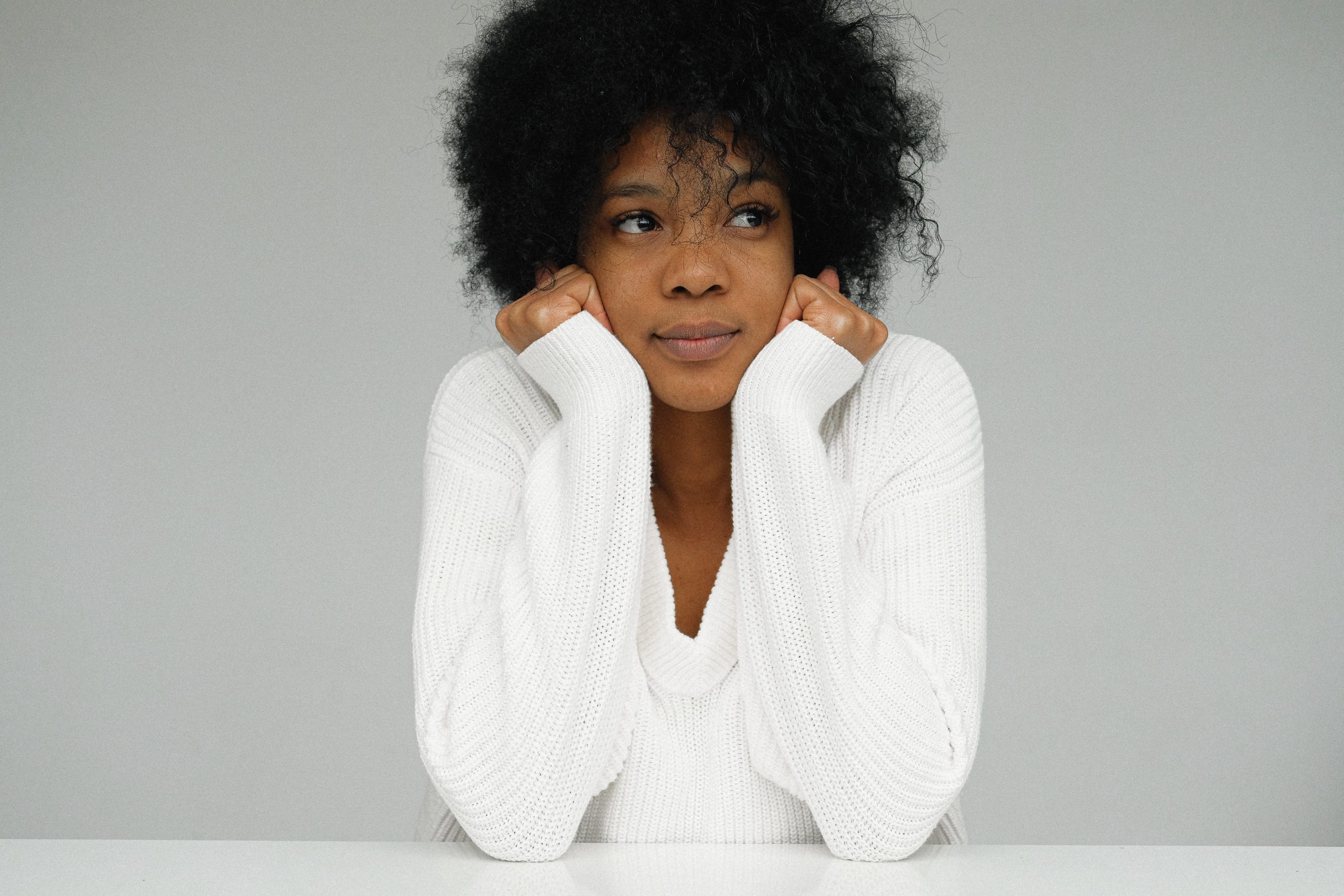La confiance en soi est l’une des choses les plus compliquées à obtenir et à conserver, quel que soit l’âge. C’est une entité fiévreuse qui mérite toute l’attention du professionnel de santé face à une personne ayant une faible confiance en soi et une faible estime de soi.
Lorsque ce manque de confiance est omniprésent et se manifeste dans plusieurs sphères de la vie d’un individu, celui-ci peut chercher à le combler en consommant diverses substances : tabac, cannabis, alcool, etc. Ces substances lui donneront l’impression que sa souffrance est diminuée et qu’il prend confiance « artificiellement ».
- Quels sont les problèmes qui reviennent le plus souvent lors de vos consultations ?
Je vois beaucoup de mes patients avec un problème commun : le manque de confiance en soi. Ils expliquent qu’ils ont du mal à s’aimer et à s’apprécier. Ils se jugent sévèrement et ont du mal à estimer leur valeur. Cette problématique impacte leur quotidien dans plusieurs domaines : professionnel, conjugal, social… On le rencontre aussi bien chez les non-fumeurs que chez les fumeurs. Néanmoins, dans ce type de problème, la substance addictive va combler ce « manque » et le combler superficiellement car elle va permettre de « rendre les choses plus agréables » (paroles d’un patient).
- Selon vous, quelle est l’origine de ce manque de confiance ?
La confiance en soi se construit à travers trois canaux différents :
– La première étape est la famille. Lorsque nous naissons, le premier modèle que nous avons est le modèle familial. Il nous montre ce que sont les relations interpersonnelles, ce que sont les conflits, comment communiquer… Si nous grandissons dans un environnement sain et aimant, cela nous donnera une bonne base pour la confiance en nous.
– La deuxième étape apparaît vers le début du collège, avec la socialisation par les pairs. Nous nous tournerons vers des personnes qui nous ressemblent. C’est le cliché, mais très vrai, des séries télévisées américaines avec des groupes d’adolescents qui se ressemblent dans leurs styles vestimentaires et leurs attitudes : jocks, goths, geeks… Nous nous rapprocherons de personnes qui ont les mêmes valeurs et les mêmes goûts que nous, qui participeront au sentiment d’unité. Ainsi, notre confiance en nous sera renforcée par nos amis, nos pairs.
– La dernière étape est celle des relations amoureuses. Notre famille et nos amis peuvent nous apprécier, mais nous avons besoin d’être appréciés et aimés par quelqu’un que nous aimons et qui nous attire en amour. À travers les yeux de la personne que nous aimons, nous renforcerons notre confiance en nous. Si l’une des étapes est compliquée et ne se passe pas bien, elle affaiblira la confiance que nous avons en nous et créera potentiellement des problèmes tout au long de notre parcours de vie.
- Quels outils utilisez-vous en pratique pour pallier le problème de la confiance chez vos patients ?
Lorsque je rencontre ce type de problème, j’utilise des outils issus des thérapies cognitives et comportementales. Je fais beaucoup d’exercices pratiques : liste de qualités/défauts, projection dans la peau de quelqu’un d’autre (un ami, un super-héros…) pour permettre au patient de se décentraliser…
Je les interroge également sur leurs valeurs et l’importance qu’ils ont pour eux. Avant d’apprendre à s’aimer, il faut savoir qui l’on est. C’est la grande différence entre la confiance en soi (se connaître) et l’estime de soi (la valeur que l’on se donne).
- Avez-vous des conseils à mettre en pratique dans la vie de tous les jours ?
Dans la vie de tous les jours, je donne à mes patients des exercices qu’ils doivent faire au quotidien et qui sont basés, en partie, sur la psychologie positive.
Par exemple, je peux leur demander d’énumérer, chaque soir, une compétence qu’ils ont démontrée dans la journée : arriver à l’heure au travail, se préparer le matin, faire une promenade dans la journée… Cela renforcera leur confiance en eux et leur fera se sentir bien.
Auteurs:
Maud Tijardovic (Psychologue clinicienne en addictologie)
